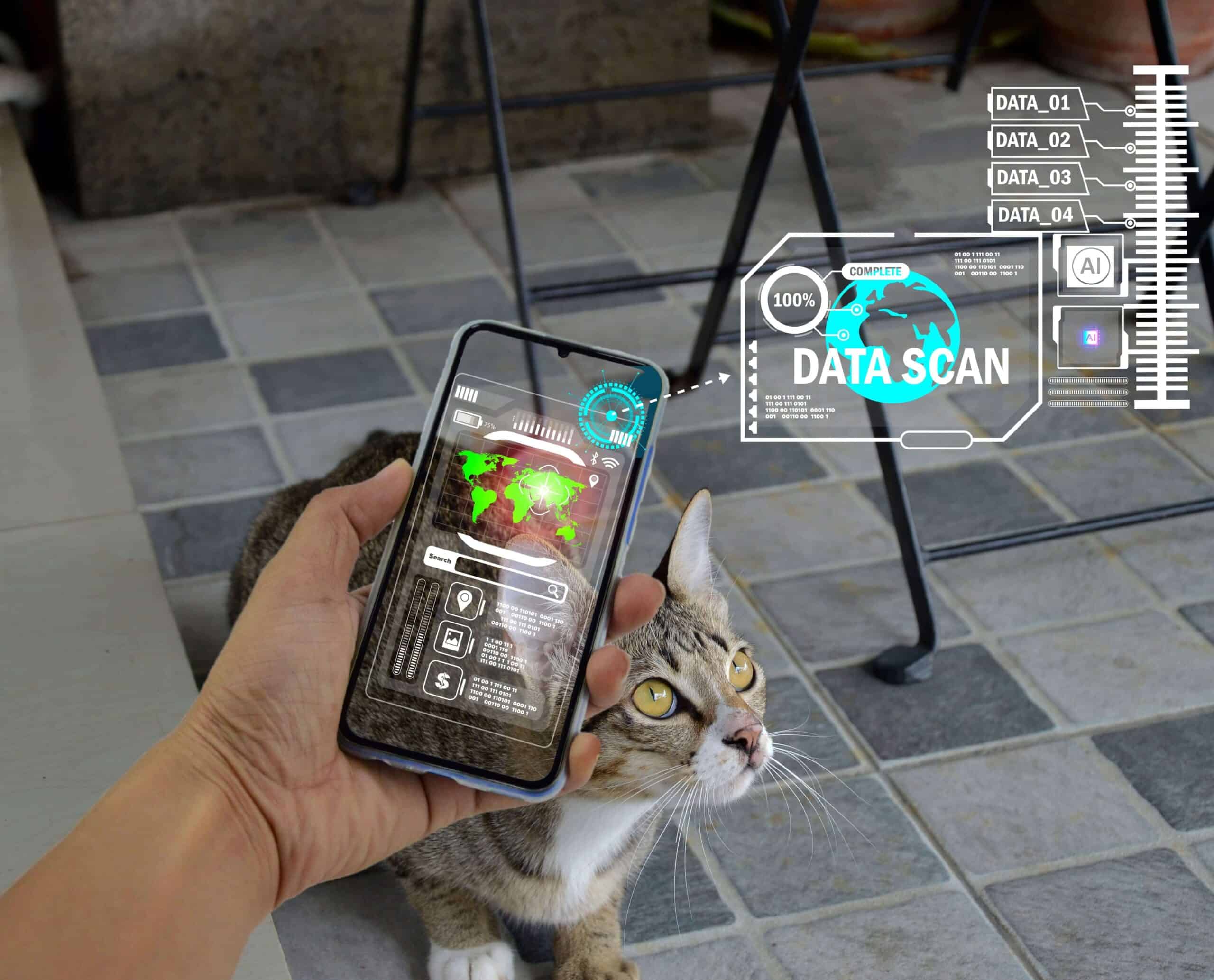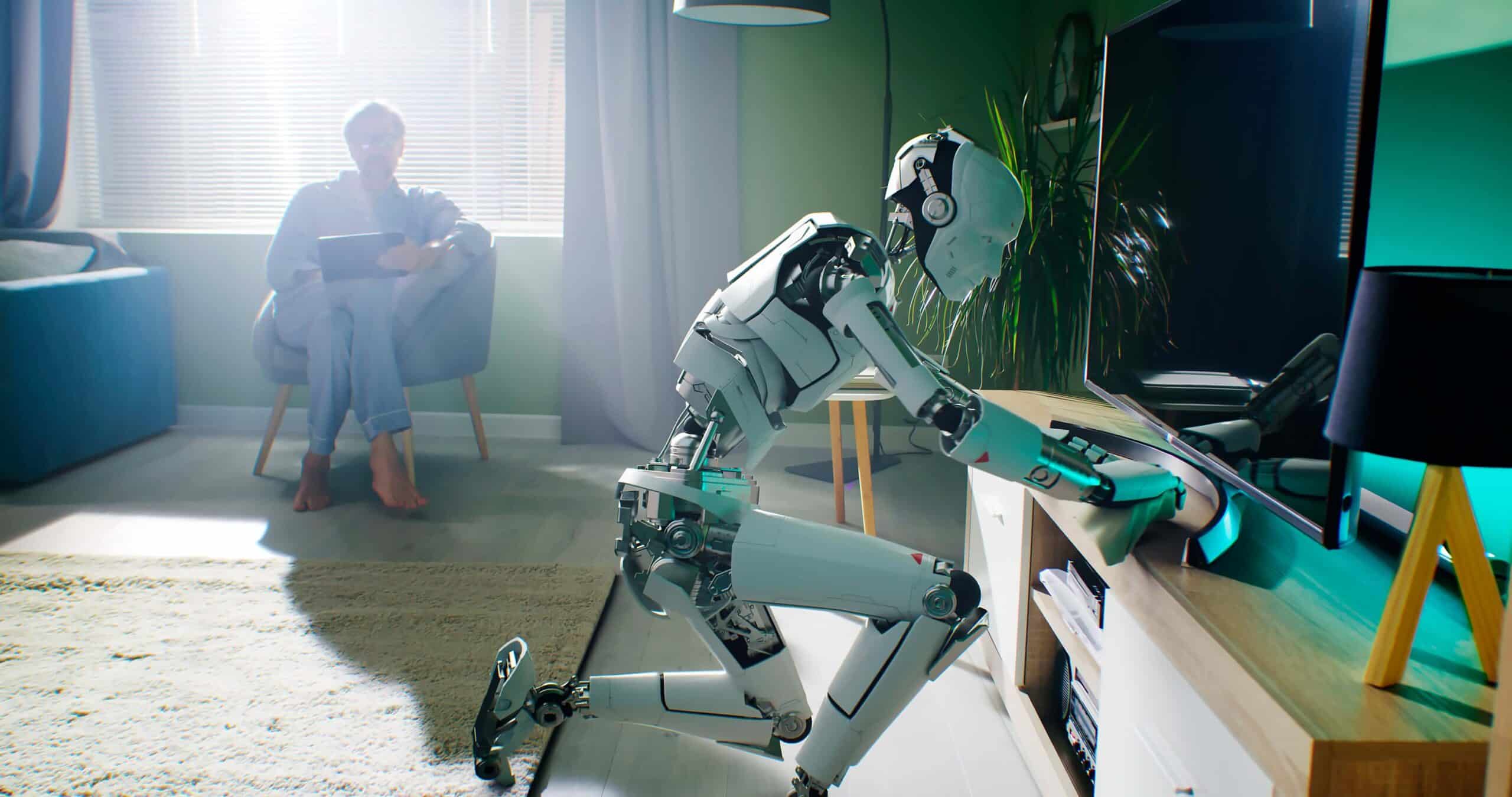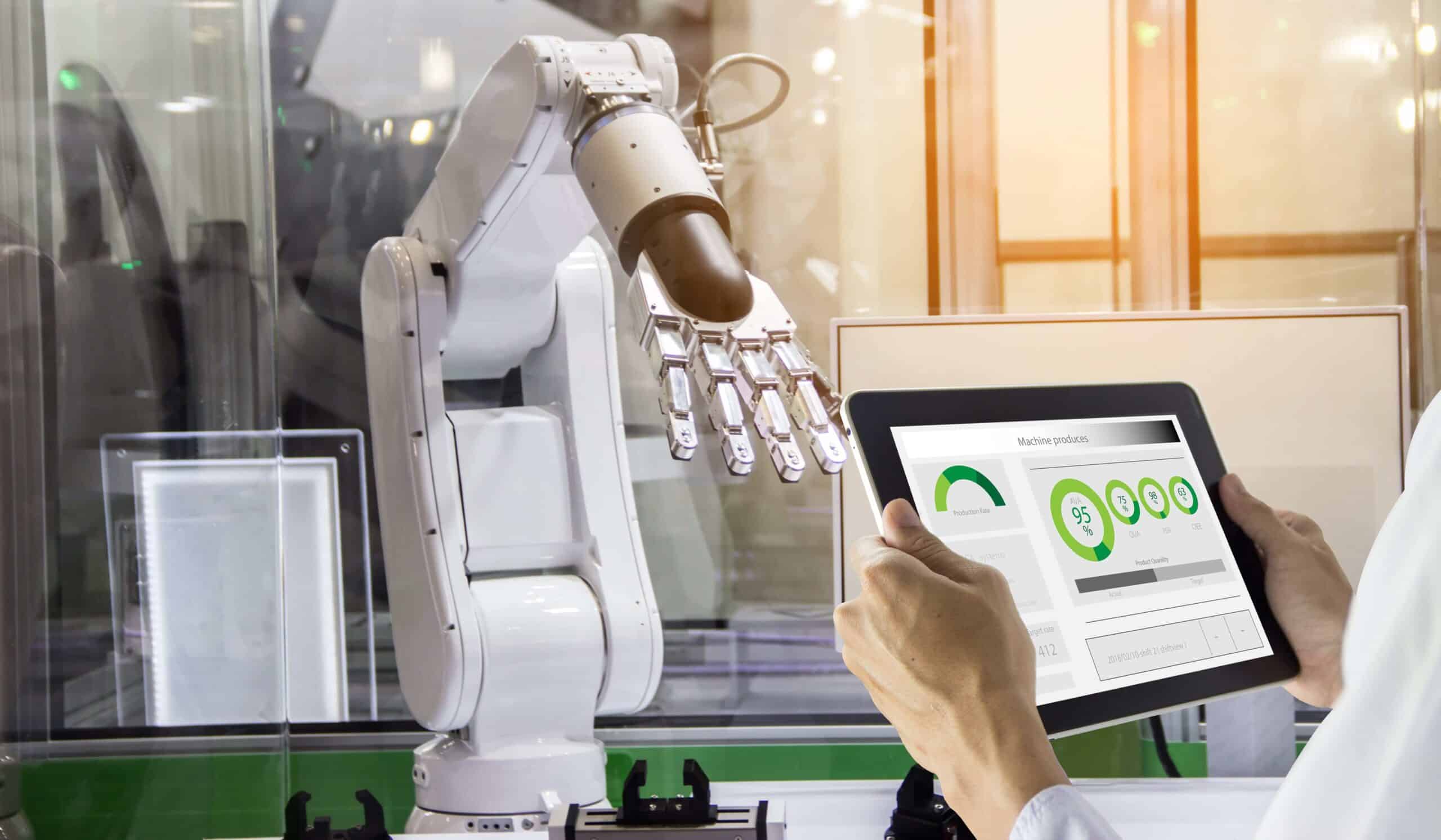- Drone ‘bees’ can pollinate plants
- Sweden’s new camera is so fast it can take pictures of burning molecules
- Researchers grow human stem cells in a pig fetus
- New solar cell doubles efficiency by absorbing more colors of light
- Scientists develop bomb-sniffing spinach
- New AR visor lets firemen see through smoke to save lives
- A self-flying Boeing 737?
- Scientists develop self-healing mobile screens
Exciting new discoveries are making the future a reality. Many of these new technologies are the stuff of science fiction: from drone bees that can pollinate plants, growing human organs in pigs, self-flying 737s, spinach that can sniff out explosives and more.
Free trendservice
1. Drone ‘bees’ can pollinate plants
Honey bees are hurting. Colony collapse disorder is decimating bee populations, and while that may worry you because the little ladies are cute, you should, in fact, be concerned because bees are essential to pollination. Without them, plants don’t grow well, including the plants that provide the food you eat every day. When a bee lands on a flower to collect nectar for honey, it accidentally dusts itself with pollen, which clings to the tiny hairs covering its body. When it lands on the next flower, carrying its accidental payload, that pollen is distributed to the new plants. As bees visit dozens of flowers a day, they play a vital role in pollination, a role their decline threatens.
Researchers in Japan may have found a solution. Eijiro Miyako, a chemist at the National Institute of Advanced Industrial Science and Technology (AIST) created a gel that failed to do what he intended. It was nevertheless amazing stuff, and as it turned out, it remained sticky for years. When applied to a tiny drone covered in horse hair, it enabled the bee-like transmission of pollen from flower to flower. While this prototype is flown by a human pilot, advances in swarm tech may soon allow thousands of these little bots to fly on their own, replacing the role of bees until we can help them return to healthier numbers.
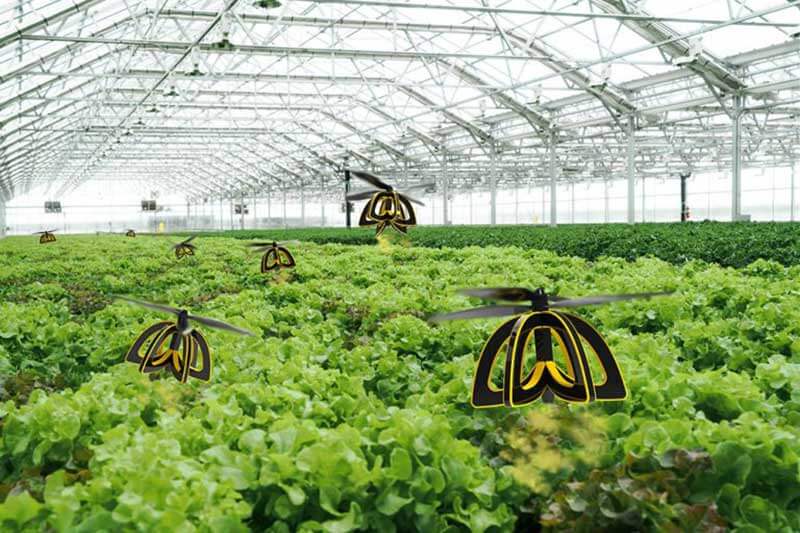
2. Sweden’s new camera is so fast it can take pictures of burning molecules
To make internal combustion engines more efficient–the kind of engine you’ll find in most cars and trucks, for instance–scientists and engineers need precise images of how the fuel and oxygen mix and explode when ignited by electricity from a spark plug. That may sound simple, but the speeds at which this reaction happens are far faster than even the best cameras–until now.
Andreas Ehn and Elias Kristensson of Sweden’s Lund University invented a camera they’ve named Frequency Recognition Algorithm for Multiple Exposures or FRAME. Using algorithms to capture a time-series at once rather than the individual pictures high-speed photography usually aims for, FRAME allows researchers to reconstruct these super fast reactions at the molecular level, allowing them to trace the progress of combustion and visualise inefficiencies. Capturing five trillion images a second, FRAME can revolutionise research on the human brain, plasma, and chemical reactions of all kinds. “Explosions, plasma flashes, turbulent combustion, brain activity in animals, and chemical reactions — we are now able to film such extremely short processes,” Kristensson reports.
https://www.youtube.com/watch?v=0v0OasSI5zw
3. Researchers grow human stem cells in a pig fetus
This may sound like the beginning of a horror movie trailer, but it’s actually critical to saving lives. Approximately thirteen people in the US die every day, waiting for a kidney transplant, meaning that nearly 5,000 people on the organ recipient list will not live to get one. And while advances in 3D printing are trying to close this gap, other researchers are exploring more radical possibilities.
Stem cells are undifferentiated; they’re waiting to take their cue on what to become. They’re useful precisely because they grow into what doctors tell them to be: brain tissue, heart tissue, a new kidney – whatever. Medical researchers want to harness this capacity to grow replacement organs for transplant purposes, and the best candidate for a host, apparently, is the humble pig. A team of global researchers has removed one of the few remaining obstacles to this life-saving innovation: they’ve successfully implanted human stem cells in a pig fetus, converting about one in every 100,000 pig cells into their human equivalents. If they can increase this ratio, they can trick a patient’s body into recognising the cells as its own, preventing rejection.
4. New solar cell doubles efficiency by absorbing more colors of light
Renewable energy is the future. One thing preventing its dominance in the present is the need for more efficient solar panels, which convert the Sun’s energy into an unimpressive 25% return. Matthew Lumb, a scientist at George Washington University and the Naval Research Laboratory, converted a $900,000 grant from the Advanced Research Projects Agency-Energy (ARPA-E) into an innovative prototype that nearly doubles solar cell efficiency.
The trick, Lumb discovered, is to capture more energy by absorbing more light. By stacking solar cells built from gallium antimonide (GaSb) substrates with more conventional solar collectors, he was able to design a solar panel that harvests more of the available spectrum. As he explains, “Our new device is able to unlock the energy stored in the long-wavelength photons, which are lost in conventional solar cells, and therefore provides a pathway to realising the ultimate multi-junction solar cell.”
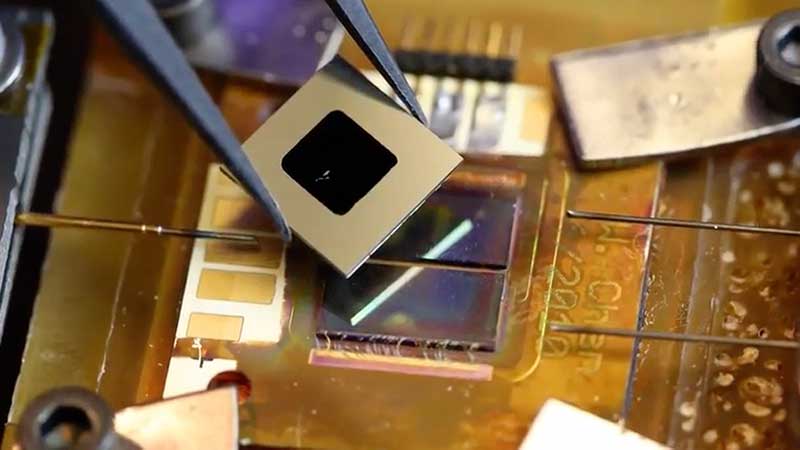
5. Scientists develop bomb-sniffing spinach
Plants are surprisingly good at analysis. Their complex network of roots, constant inspiration of air, and absorption of groundwater make them ideal platforms for tweaking with bio- and nanotech. And now, scientists at MIT are experimenting with harnessing microscopic tubules made from carbon to endow plants with super powers. The results are nothing short of amazing.
By implanting these microscopic ‘sniffers’ in ordinary spinach plants, the plants can detect the presence of nitroaromatics, tell-tale signs of the presence of explosives. When the plants sense these compounds, they emit an ultraviolet light, detectable with a handheld device. In the near future, security checkpoints at airports may look more like gardens than the whirling backscatter X-ray scanners now in use. What’s more, this same team has pimped plants to detect the nerve gas Sarin, recently used to kill civilians in Syria.

6. New AR visor lets firemen see through smoke to save lives
Sam Cossman, an explorer and filmmaker, recently had first-hand experience of the problems firemen face every day. Standing next to a volcano, he was blinded by smoke and gas and afraid to move for fear he’d step into molten lava. While firefighters don’t usually need to worry about volcanoes, they face smoke blindness on a regular basis. If rescue workers can’t see, they can’t help.But Cossman has developed a solution.
By combining traditional thermal imaging, edge detection, sensors for toxic chemicals, and an advanced augmented reality (AR) system in a clear mask, Cossman’s C-Thru replaces current handheld thermal imaging. In order to use thermal data to see through smoke, firefighters now need to stand still and point their thermal cameras where they want to see. But C-Thru projects augmented thermal imaging directly onto the heads-up display of the visor, freeing the rescue workers’ hands and providing a more intuitive interface.
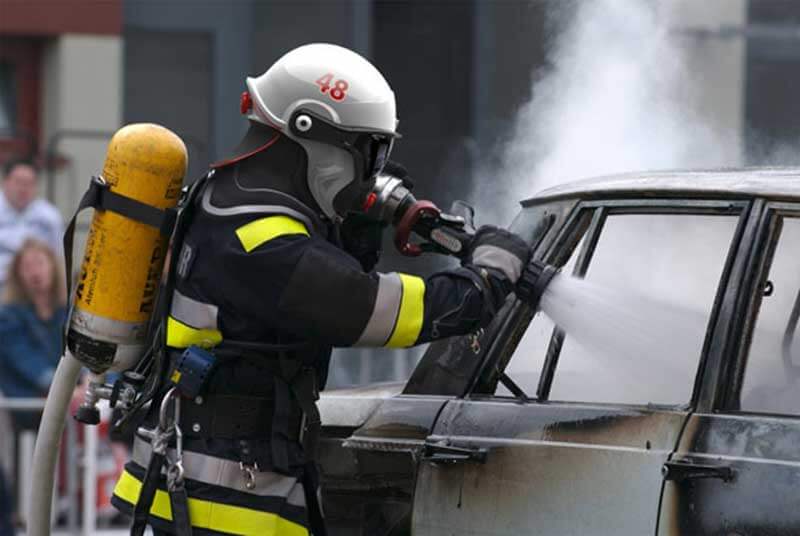
7. A self-flying Boeing 737?
You probably already know that most traffic accidents are caused by human error, but did you know this was true for plane crashes as well? Improving the already enviable safety record of air transportation is an important goal, and now-familiar advances like autopilot have come a long way toward the goal of worry-free travel. But researchers at the US Defense Advanced Research Agency (DARPA) are poised to make a giant leap. Their new Aircrew Labor In-Cockpit Automation System, or ALIAS, just demonstrated that it can land a 737 safely – and autonomously.
ALIAS joins artificial intelligence (AI), advanced machine learning, and a robotic arm to fly a plane. Rather than fitting the plane with a self-flying system, ALIAS enables ‘regular’ aircraft to be controlled by an advanced system, and ALIAS can move between aircraft platforms merely by having its software augmented. Armed with the knowledge of how to fly and sensors that ‘see’ the instrument clusters in the cockpit, ALIAS’ robotic arm can control the plane and come in for a smooth landing, no sweat!

8. Scientists develop self-healing mobile screens
We’ve all watched helplessly as our expensive phones tumble to the concrete with a loud smack. Ouch, right? Repairs are expensive, but they may soon be something your kids know nothing about, like rolling the magnetic tape in an audio cassette back onto its spool with a pencil. Scientists from the University of California, Riverside, have developed a revolutionary new material from an ionic salt. Flexible, stretchable, and tough, it’s most fantastic advantage is self-repair.
Its unique molecular bonds, driven by ion-dipole interaction, mean that the edges of scratches, cracks, and tears are attracted to each other, slowly ‘healing’ the display. And because this new material is electro-conductive, unlike other self-healing polymers, it can be used for the touchscreen on the front of your mobile.




